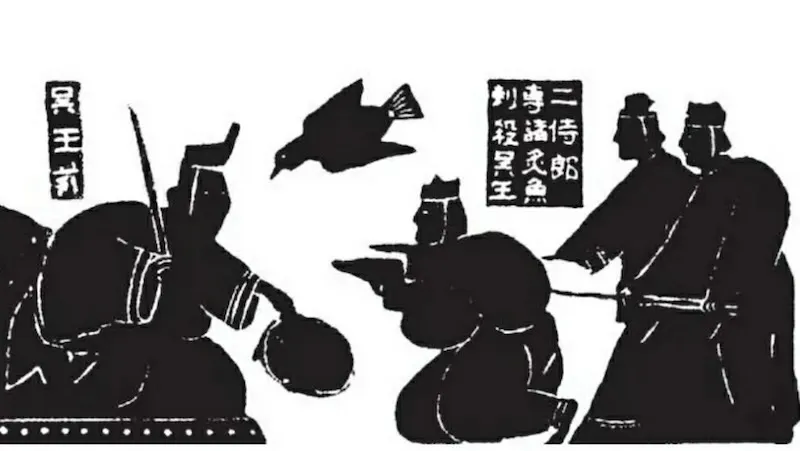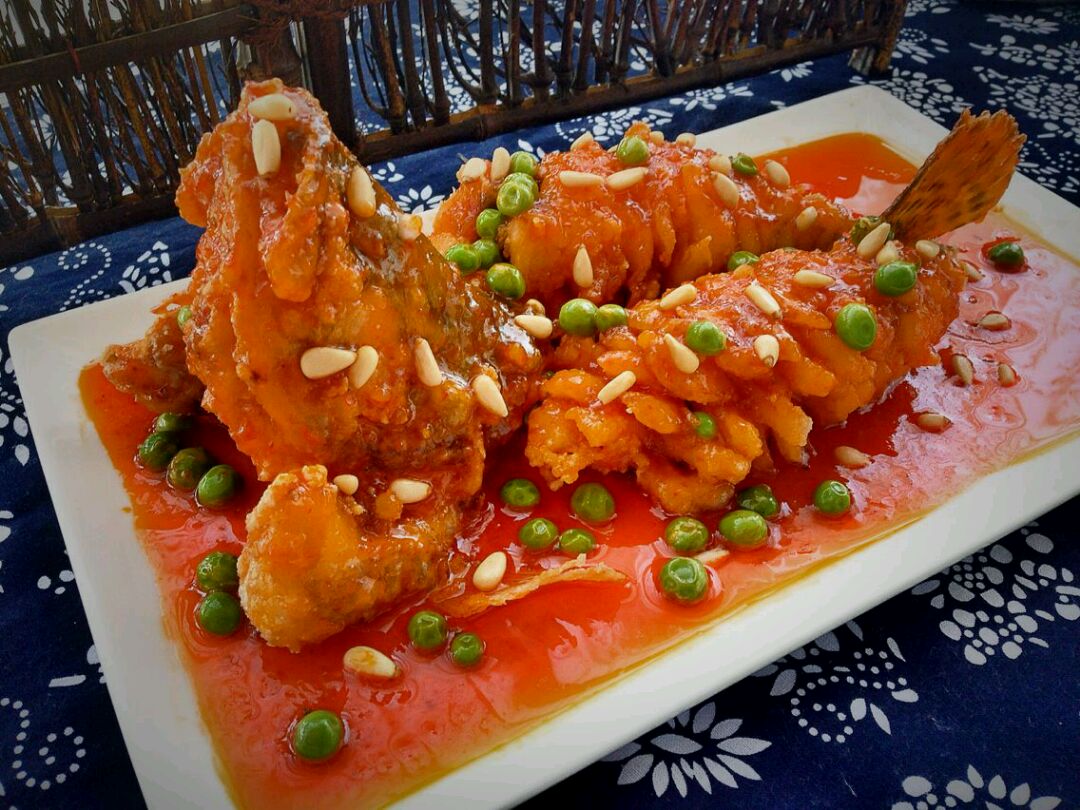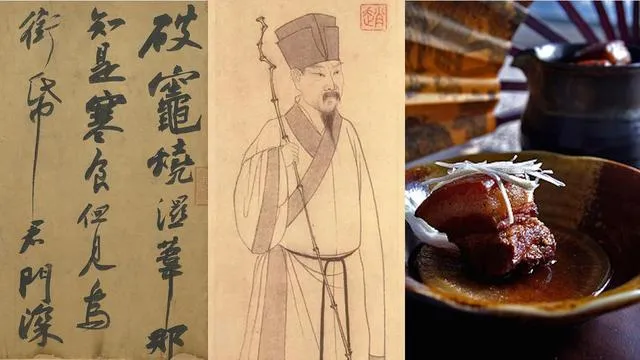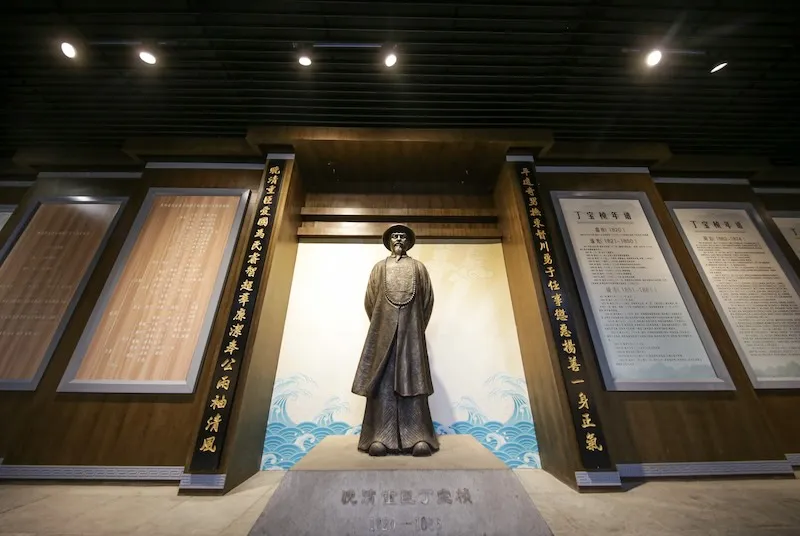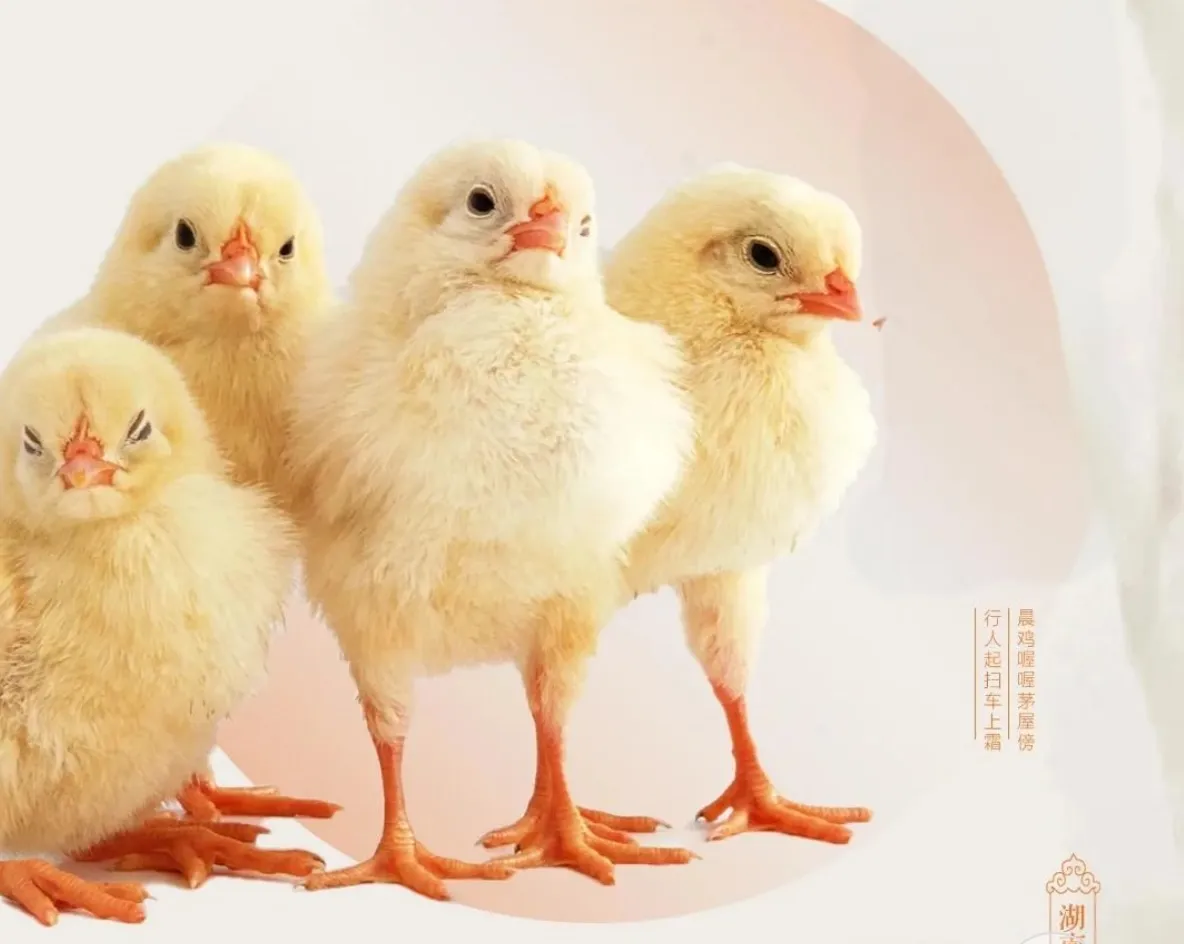The Legend and Legacy of Squirrel Mandarin Fish
Known as Songshu Guiyu (松鼠鳜鱼) in Chinese, this iconic Jiangsu dish combines culinary artistry with a dramatic tale of political intrigue from ancient China.
The Assassination That Shaped a Dish
Historical Context: The Wu Kingdom (5th Century BCE)
During the Spring and Autumn Period, King Liao of Wu ruled tyrannically, sparking widespread resentment. His cousin Prince Guang (later King Helü) plotted to overthrow him with help from strategist Wu Zixu and assassin Zhuan Zhu.
The Culinary Deception
Master Chef Taihegong’s Role
Zhuan Zhu trained under Taihegong, a legendary Taihu Lake chef specializing in fish dishes, to learn the secret of “Quan Yu Zhi” (Whole Roasted Fish) – King Liao’s favorite delicacy.
The Hidden Dagger Technique
To conceal a dagger within the fish:
- Fish Selection: A 3-4斤 (1.5-2kg) mandarin fish (鳜鱼)
- Knife Work: Intricate crosshatching on the back to create “pinecone” texture when fried
- Presentation: Crispy golden exterior masking the hidden weapon
The Fateful Banquet
| Event | Culinary Significance |
|---|---|
| 544 BCE Feast | Zhuan Zhu served the dagger-stuffed fish |
| Assassination | King Liao killed mid-meal |
| Aftermath | Prince Guang became King Helü; dish gained fame |
From “Whole Roast Fish” to “Squirrel Fish”
The Name Evolution
- Visual Resemblance: Fried upright with tail curled, resembling a squirrel
- Auditory Cue: Sizzling sauce creates “吱吱” (zhi-zhi) sounds mimicking squirrel chirps
- Cultural Rebraning: Post-assassination, the dish was renamed to distance from its violent origins
Modern Interpretations
Traditional Jiangsu Style
- Core Technique:
- 45° angle crosshatch cuts
- Double frying (160°C then 200°C)
- Sweet-sour sauce with pine nuts
Global Adaptations
| Region | Variation | Key Change |
|---|---|---|
| Shanghai | “Pineapple Fish” | Adds canned pineapple |
| Singapore | Chili Crab Sauce Version | Replaces vinegar with chili |
| California | Gluten-Free Tempura Style | Uses rice flour batter |
Why This Dish Endures
- UNESCO Recognition: Listed as part of Jiangsu’s culinary heritage in 2019
- Cultural Symbolism: Represents both culinary skill and historical storytelling
- Technical Showcase: Considered a “master test” for Chinese chefs
